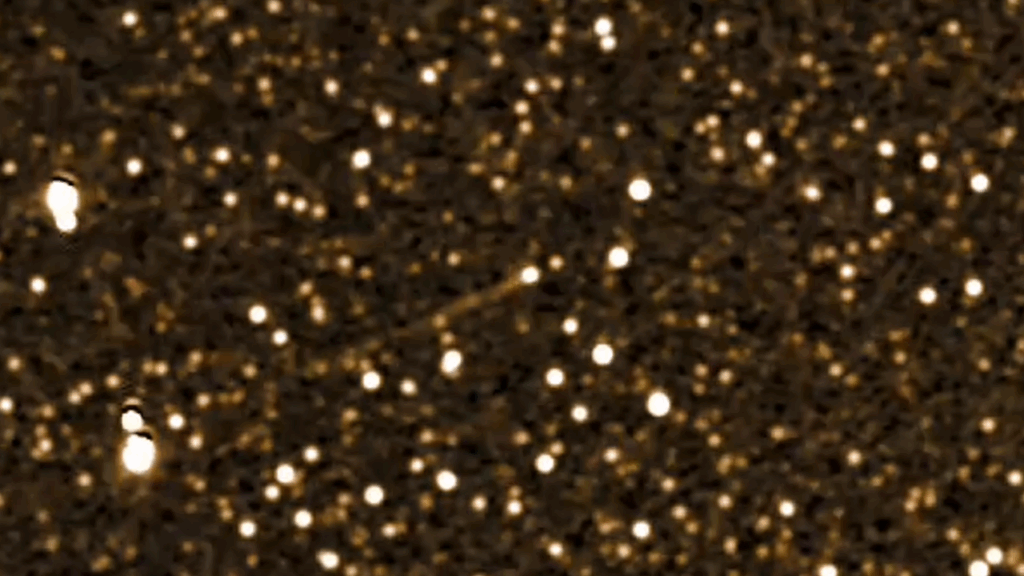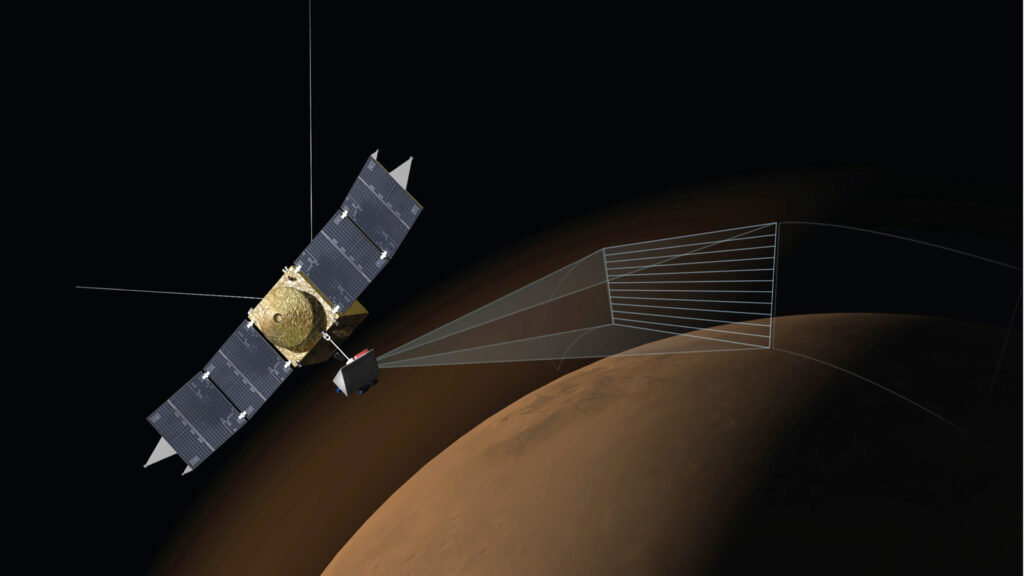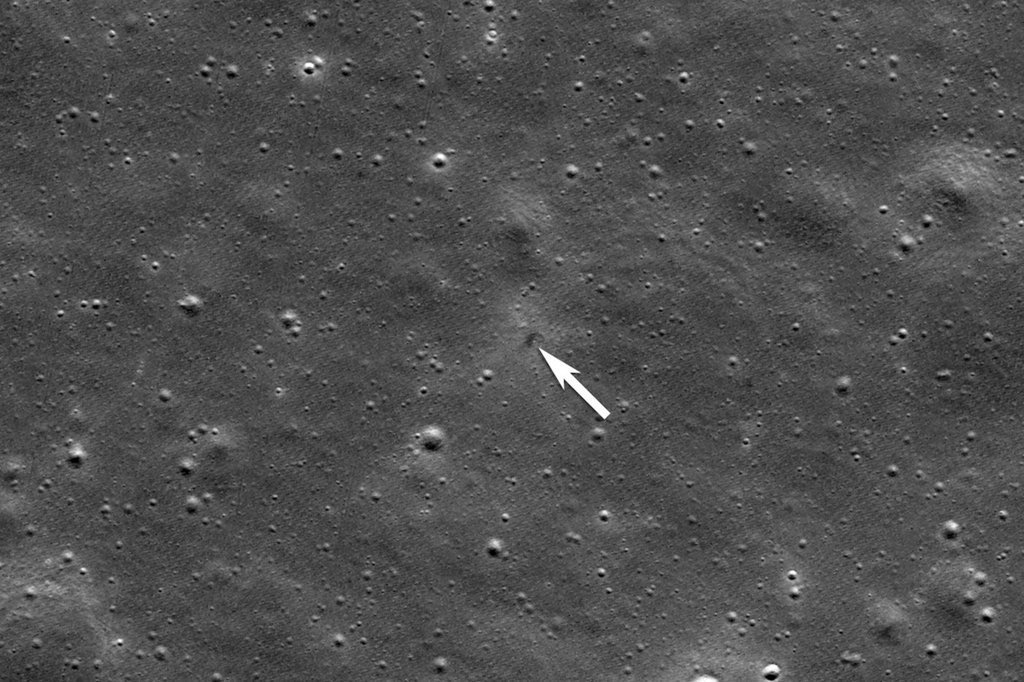Tag Archives: spacecraft
NASA spacecraft tracks comet SWAN in incredible 40-day timelapse — and even glimpses interstellar invader 3I/ATLAS (video)
Comets are famous for making brief, dramatic appearances in our skies, but one icy wanderer just received an unprecedented level of attention from one of NASA's newest spacecraft. Comet SWAN moving across the sky in PUNCH images taken from Sept. 11 to 22, 2025. (Image credit: NASA/Southwest Research Institute)The video above stitches together hundreds of PUNCH images taken from Aug. 25 to Oct. 2, showing the comet gliding between two bright objects — Mars at the top and the star Spica in the constellation of Virgo at the bottom. Because the images were not fully processed before being combined, boundaries between individual snaps remain visible as thin black seams, the statement read.Comet C/2025 R2 (SWAN) was first spotted in September by Ukrainian amateur astronomer Vladimir Bezugly, who noticed the icy visitor a bright blob...
NASA spacecraft reveal interstellar comet 3I/ATLAS brightened rapidly as it swooped behind the sun
Researchers and amateur astronomer Worachate Boonplod kept track of 3I/ATLAS using GOES-19 weather satellite data. (Image credit: Image: CCOR-1/GOES-19/NOAA. Processed and annotated by Worachate Boonplod.)Comet 3I/ATLAS is rapidly brightening as it swings behind the sun, spacecraft observations have revealed.
The comet has been flying around the sun, obscuring it from Earth’s view, to reach perihelion (its closest point to our star) on Thursday (Oct. 29).Yet, while most of the world has been waiting for it to re-emerge, some researchers and amateur astronomers have been using spacecraft to follow its path.On Oct. 18, amateur astronomer and seasoned comet hunter Worachate Boonplod spotted the comet in images from the National Oceanic and Atmospheric Administration's GOES-19 weather satellitewhich uses an instrument called CCOR-1 to observe the sun as part of its regular space weather monitoring. Boonplod noted...
NASA spacecraft around the moon photographs the crash site of a Japanese company’s lunar lander
Skip to contentBy: Marcia Dunn, The Associated PressPosted: 12:53 PM CDT Friday, Jun. 20, 2025 Print Email Read LaterCAPE CANAVERAL, Fla. (AP) — A NASA spacecraft around the moon has photographed the crash site of a Japanese company’s lunar lander.
Read this article for free:To continue reading, please subscribe:Monthly Digital Subscription$1 per week for 24 weeks*Enjoy unlimited reading on winnipegfreepress.comRead the E-Edition, our digital replica newspaperAccess News Break, our award-winning appPlay interactive puzzles*Billed as $4.00 plus GST every four weeks. After 24 weeks, price increases to the regular rate of $19.00 plus GST every four weeks. Offer available to new and qualified returning subscribers only. Cancel any time.CAPE CANAVERAL, Fla. (AP) — A NASA spacecraft around the moon has photographed the crash site of a Japanese company’s lunar lander.
Read unlimited articles for free...






